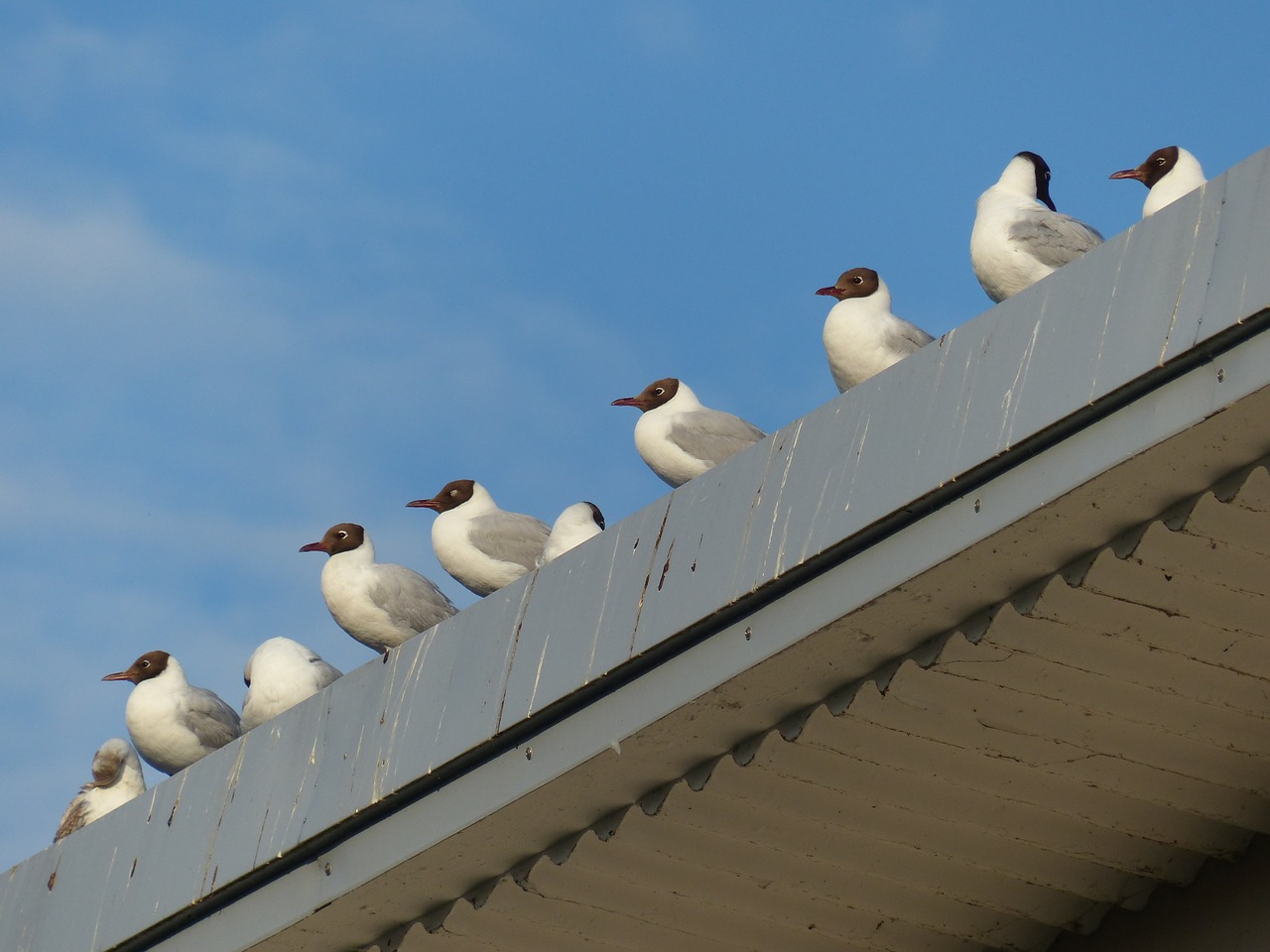Predation och störningar i skrattmåskolonier
DOI:
https://doi.org/10.34080/os.v6.22998Nyckelord:
predator-bytesinteraktion, interaktion mellan predator och byte, mellanartsinteraktion, populationsstudierAbstract
The frequency of disturbance and predation was studied during one breeding season at six Black-headed Gull Larus ridibundus colonies and during two breeding seasons at four colonies. The level of disturbance, i.e. when at least part of the gulls were put on the wing, varied from just above once an hour to nearly ten times an hour. Marsh Harriers Circus aeruginosus elicited the strongest response with respect to number of gulls leaving the nest (mean 57% of colony) while mink Mustela vison caused the longest disturbances (mean 4.6 min). Among the frequently occurring potential predators of Black-headed Gull eggs and chicks, large gulls (L. argentatus, L. marinus) normally caused disturbance much less often than once an hour and Hooded Crows Corvus corone cornix less often than once an hour (except at one locality in 1992 when a breeding pair entered a colony as often as 5.5 times an hour). Marsh Harriers were lacking at three, caused disturbance c. 0.1-1.2 times per hour at eight, and up to three times an hour at three colonies. On average 3% of predation attempts by large gulls were successful versus 14% for both crows and Marsh Harriers (neither the frequency of visits nor predation by mink could be estimated because of difficulties in observing this species). A crude estimate of the number of gull eggs and chicks taken by the three avian predators showed that large gulls had a negligible impact in all colonies, crows normally took less than 10% of eggs laid (33% in one colony) and Marsh Harriers mostly 0-10%. Even though predation by crows and/or Marsh Harriers can be considerable, it is concluded that increased avian predation cannot explain the decrease in Black-headed Gull numbers in Sweden; the mink's role remains to be evaluated.
Nedladdningar

Downloads
Publicerad
Referera så här
Nummer
Sektion
Licens
Författaren/författarna innehar copyright för varje enskilt bidrag, men samtliga bidrag är publicerade under en Creative Commons-licens, så att vem som helst kan dela och återanvända bidraget förutsatt att copyright-innehavaren erkänns.







